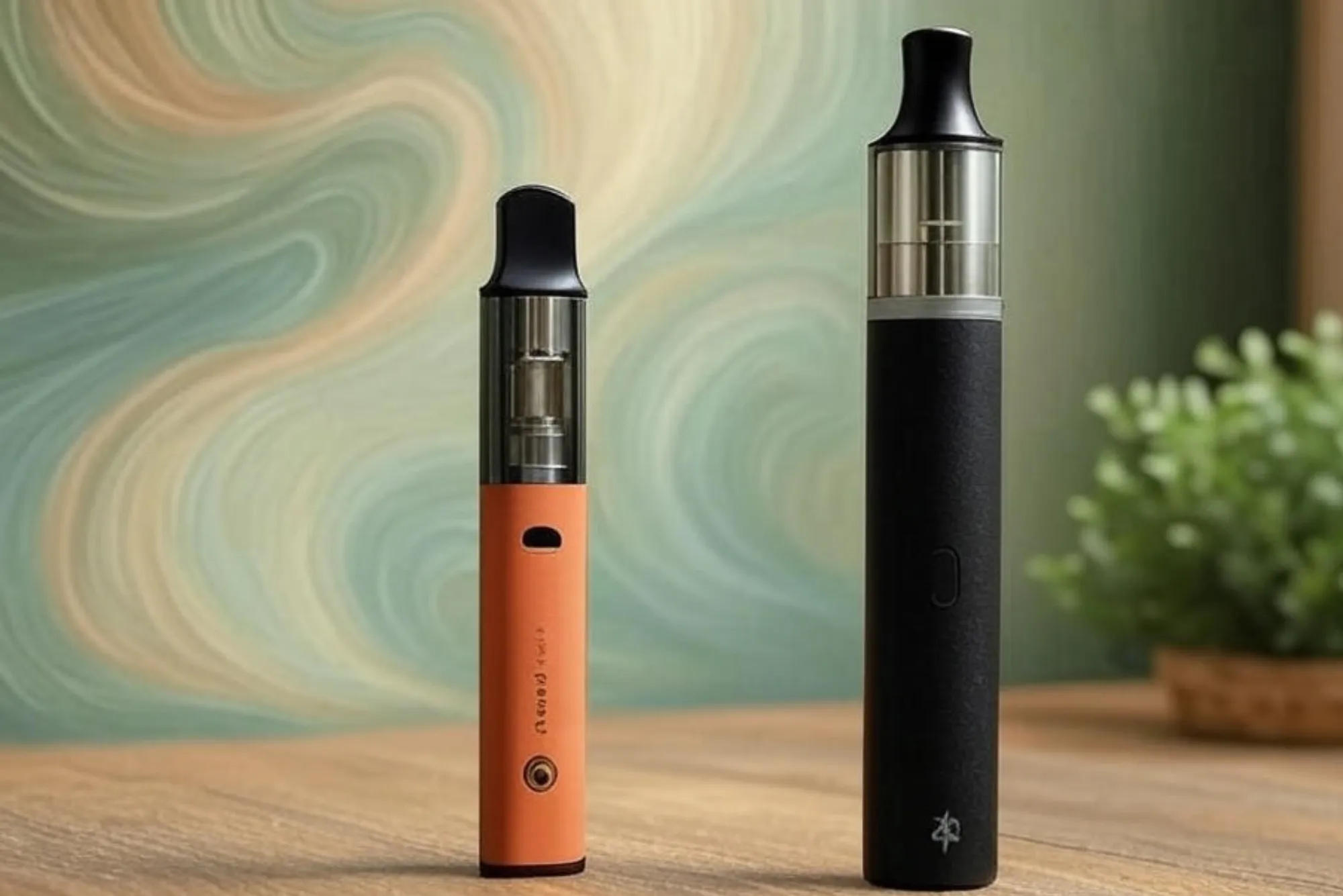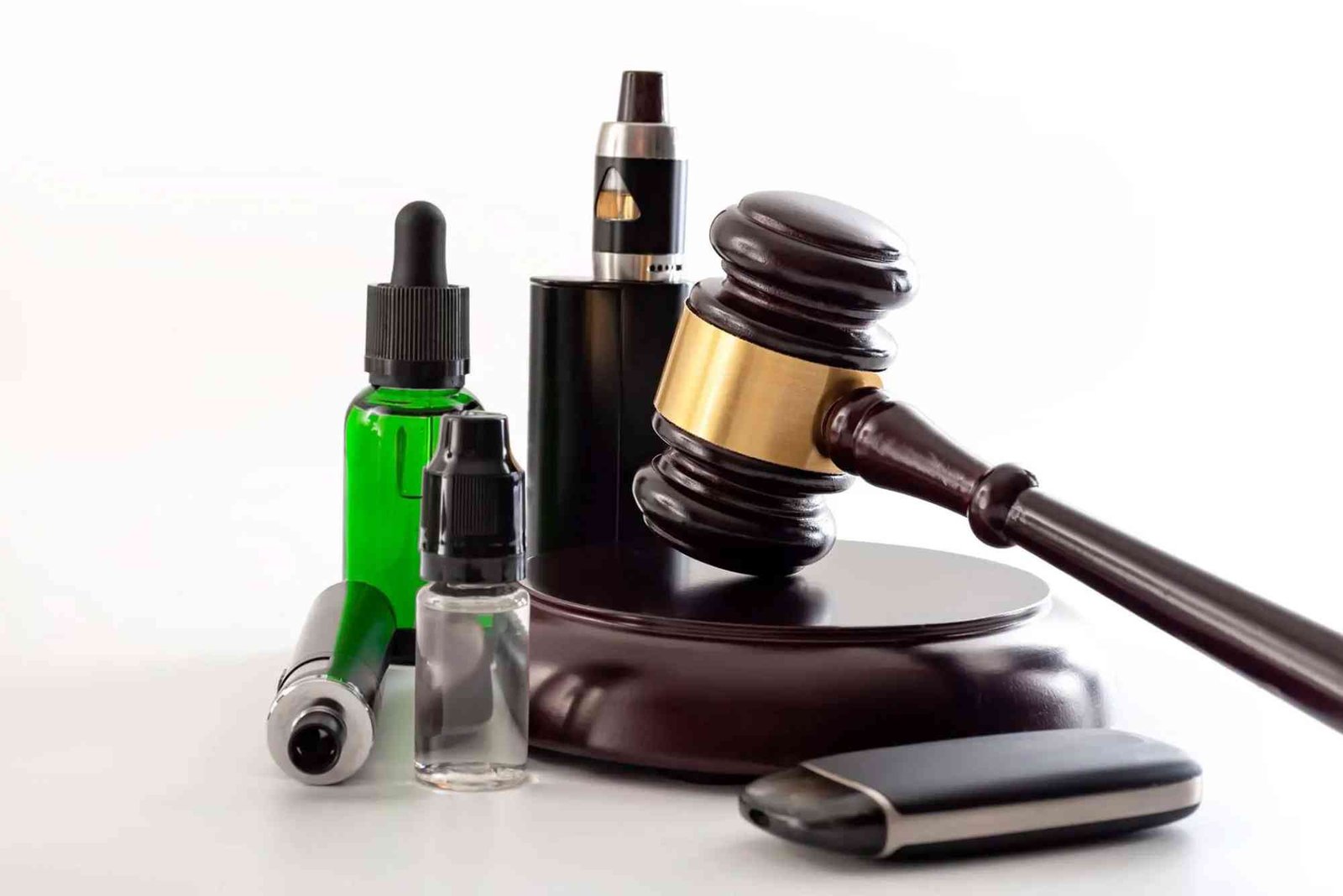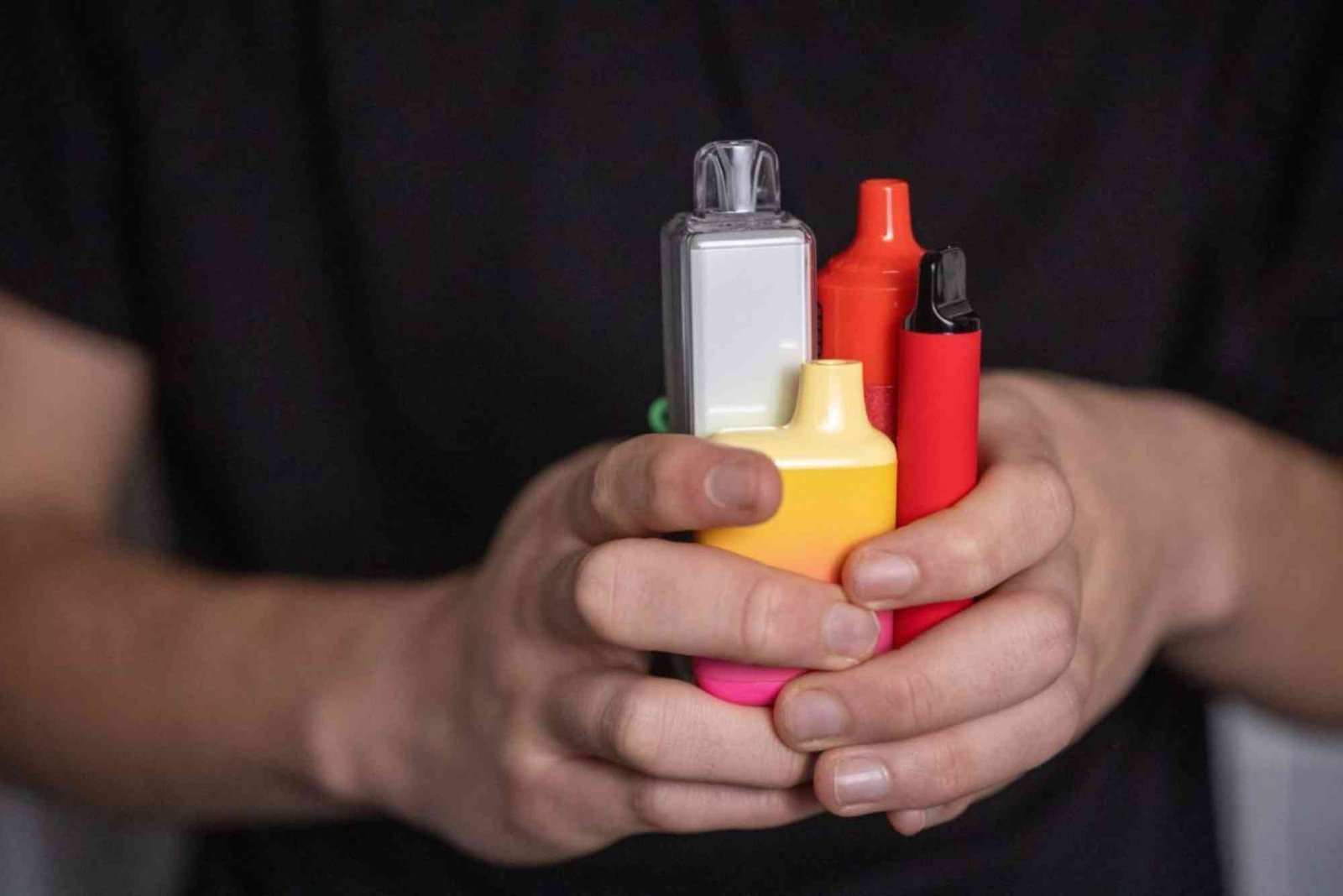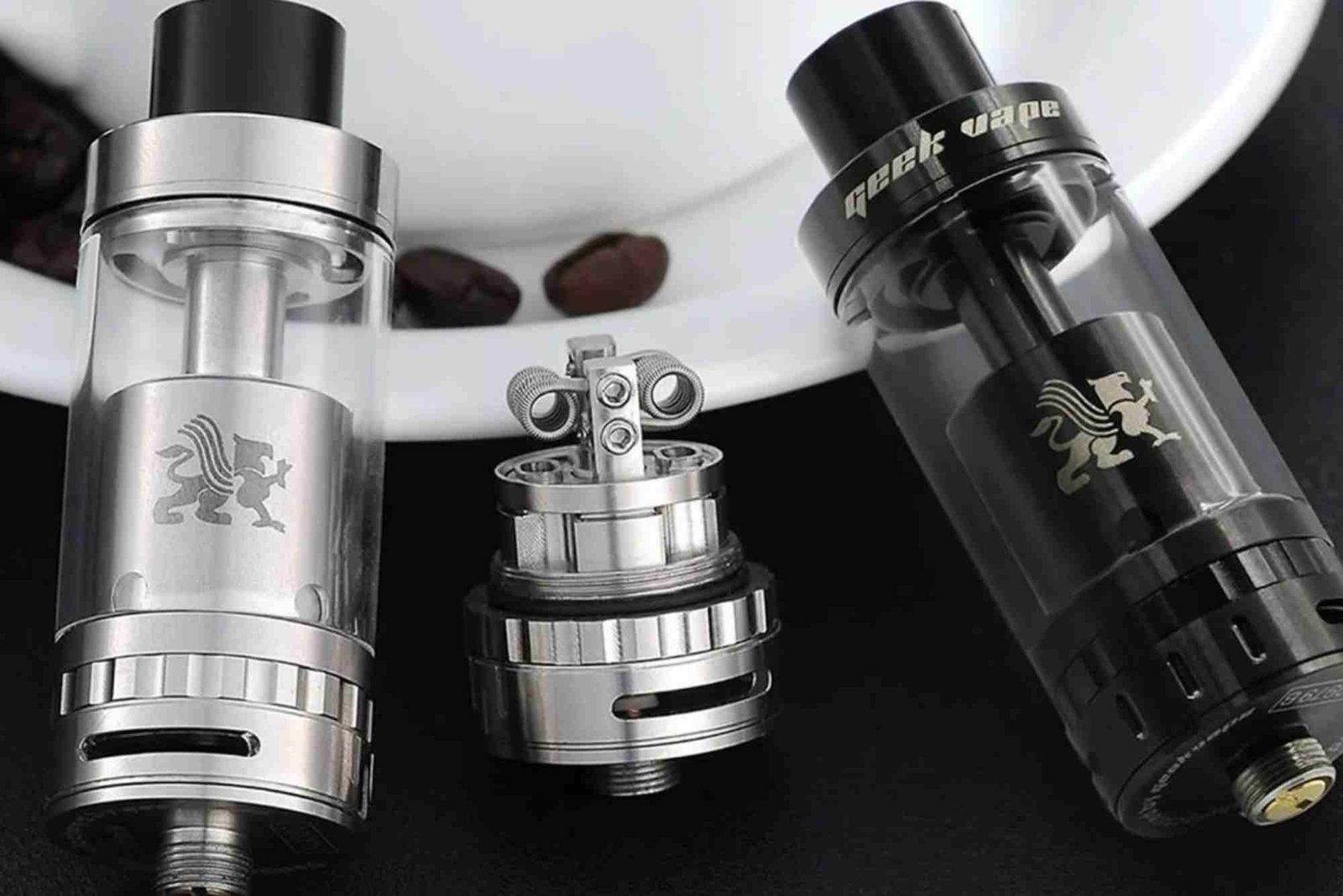Should Vapers Worry About Ohm’s Law Line Vape?
Vaping has grown from a simple alternative to smoking into a complex hobby involving devices, coils, and settings. One concept every vaper should understand is Ohm’s Law. But what is the “Ohm’s Law line vape,” and why does it matter? In this article, we’ll explore the importance of Ohm’s Law in vaping, its impact on safety and performance, and how to apply it to improve your vaping experience.
What Is Ohm’s Law?
Ohm’s Law is a fundamental principle that defines the relationship between voltage (V), current (I), and resistance (R) in an electrical circuit. It is expressed as: I=VRI = \frac{V}{R}
Where:
- I is the current in amperes (A)
- V is the voltage in volts (V)
- R is the resistance in ohms (Ω)
Understanding this relationship is essential for vapers, especially those using rebuildable atomizers or mechanical mods.
The Importance of Ohm’s Law in Vaping
Safety First
Knowing Ohm’s Law is crucial for safety. Incorrect coil resistance can lead to excessive current draw, potentially causing battery overheating or explosions. Using a coil with too low resistance can exceed your battery’s safe limits.
Optimizing Performance
Ohm’s Law helps optimize device performance. Adjusting coil resistance controls current flow, affecting power output, vapor production, and flavor intensity.
Understanding Sub-Ohm Vaping
Sub-ohm vaping uses coils under 1.0 ohm. Ohms Law Line Vape This allows higher current draw, producing more vapor and warmer hits. However, it requires a good understanding of Ohm’s Law to stay safe and maximize performance.
How to Apply Ohm’s Law to Your Vaping Setup
Determine Your Battery Voltage
Most vaping devices use lithium-ion batteries with a nominal voltage of 3.7V, reaching up to 4.2V when fully charged. Always check your battery specifications.
Measure or Choose Your Coil’s Resistance
Coils range from 0.1Ω to 3.0Ω or higher. Lower resistance draws more current, increasing power and vapor, while higher resistance produces a cooler vape.
Calculate the Current
Using Ohm’s Law: I=VRI = \frac{V}{R}
For example, a 4.2V battery with a 0.5Ω coil draws: I=4.20.5=8.4AI = \frac{4.2}{0.5} = 8.4A
Ensure your battery can safely supply this current.
Calculate the Power Output
Power (P) is calculated as: P=V2RP = \frac{V^2}{R}
Using the same example: P=(4.2)20.5=35.28WP = \frac{(4.2)^2}{0.5} = 35.28W
This shows your coil will produce roughly 35 watts of power, affecting vapor and flavor.
The “Ohm’s Law Line Vape” Explained
The term “Ohm’s Law line vape” refers to maintaining balance between voltage, current, and resistance. This ensures safety and optimal performance, especially with mechanical mods or custom coils.
Risks of Ignoring Ohm’s Law
Ignoring Ohm’s Law can lead to:
- Battery Overload: Excessive current can cause overheating or failure.
- Poor Performance: Wrong resistance can reduce vapor or cause burnt coils.
- Device Damage: Overloading the device can shorten its lifespan or cause permanent damage.
Understanding and applying Ohm’s Law is vital for every vaper. It ensures safety, improves performance, and enhances the vaping experience. Whether using a simple pod or a complex rebuildable setup, calculating your coil’s resistance, battery voltage, and resulting current and power is essential.
FAQs
Q: What is sub-ohm vaping?
A: Sub-ohm vaping uses coils under 1.0 ohm, allowing higher current draw for more vapor and a warmer hit.
Q: How do I know if my battery can handle the current?
A: Check your battery’s Continuous Discharge Rating (CDR). Ensure calculated current doesn’t exceed this rating.
Q: Can I use any coil with my device?
A: No. Check your device specifications to ensure the coil resistance is within the recommended range.
Q: What happens if I use too low a resistance coil?
A: Excessively low resistance can draw unsafe current, risking battery overheating or failure.
Q: Is building my own coils safe?
A: It can be safe if you understand Ohm’s Law and battery safety. Use proper tools and materials, and stay within battery limits.








